On Air Now
Radio X Chilled with Michael Lavin 10pm - 1am
11 April 2024, 15:00
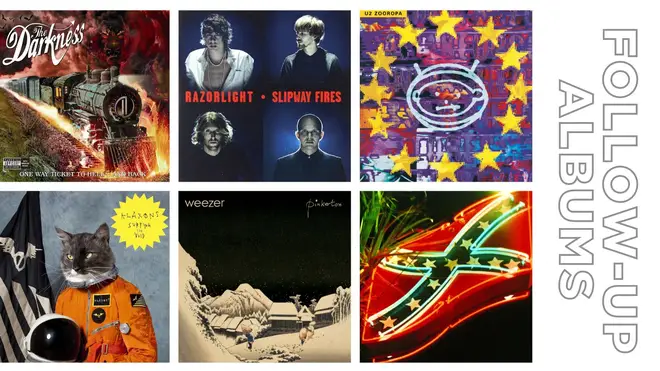
It's time to examine those moments when the follow-ups fall short of expectations.
What do you do when your album reaches the hearts of millions and defines an era? You try and recreate the magic next time around, of course. What happens if you can't?
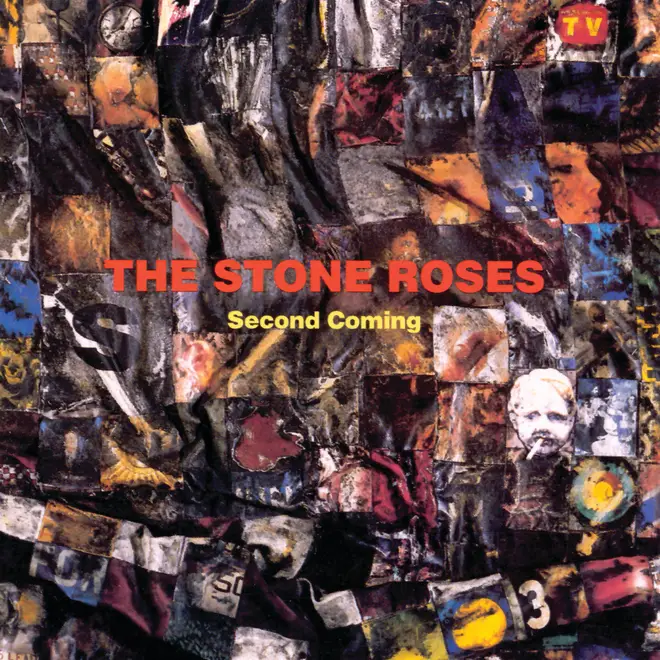
Come on, now. Yes, it has Ten Storey Love Song and Love Spreads within its grooves, but was the five-year wait between the first and the second Roses albums really worth it? We say… it could have been a lot, lot better. And nothing will ever top that debut, will it?
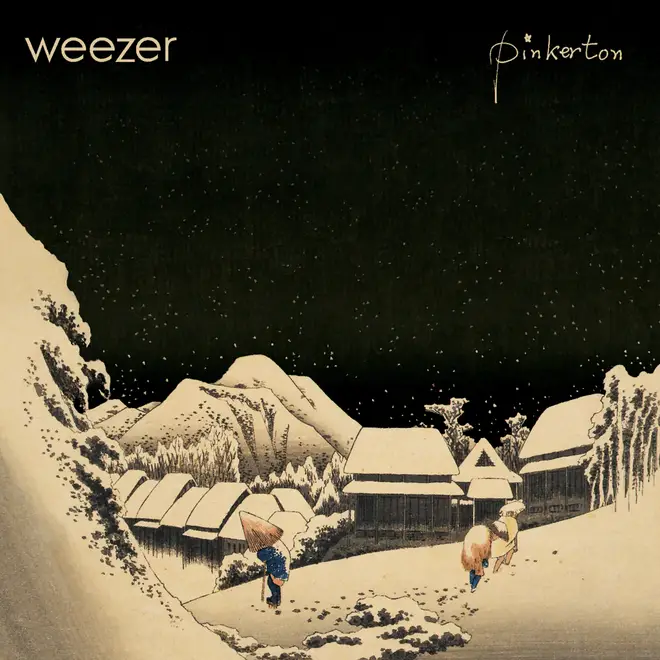
After the storming, hit-packed 1994 debut, this was a less-than-enthralling instalment in the Rivers Cuomo saga. The record was produced while Cuomo was studying at Havard University and concurrently having surgery on his leg, meaning the lyrical content was somewhat barbed and bitter. Coupled with the lack of producer Ric Ocasek this time around and you have a collection of rather mean-spirited songs that didn't sell too well.
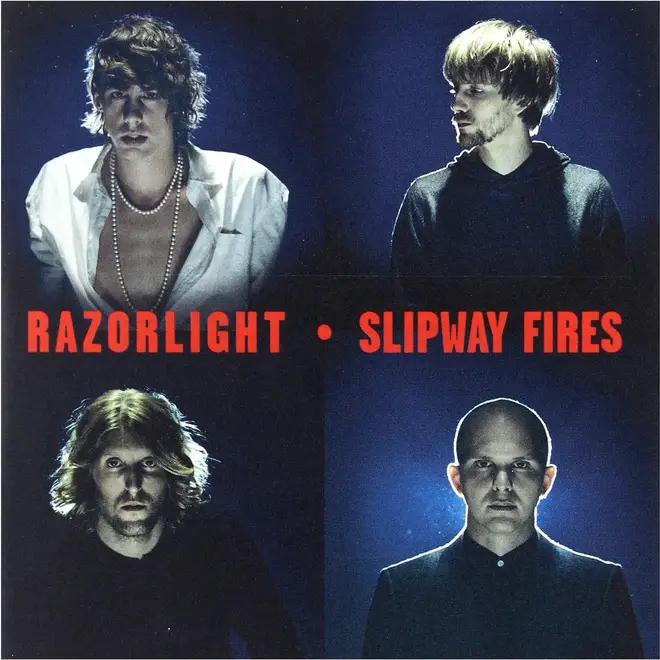
After the glittering pop of Up All Night (featuring the instant classic Golden Touch) and the self-titled 2006 follow-up which included In The Morning and America, Johnny Borrell's third outing didn't quite land as well as its brothers. Featuring some rather bitter lyrics in the shape of North London Trash and Tabloid Lover, it seems like Johnny's rock and roll dream had soured.
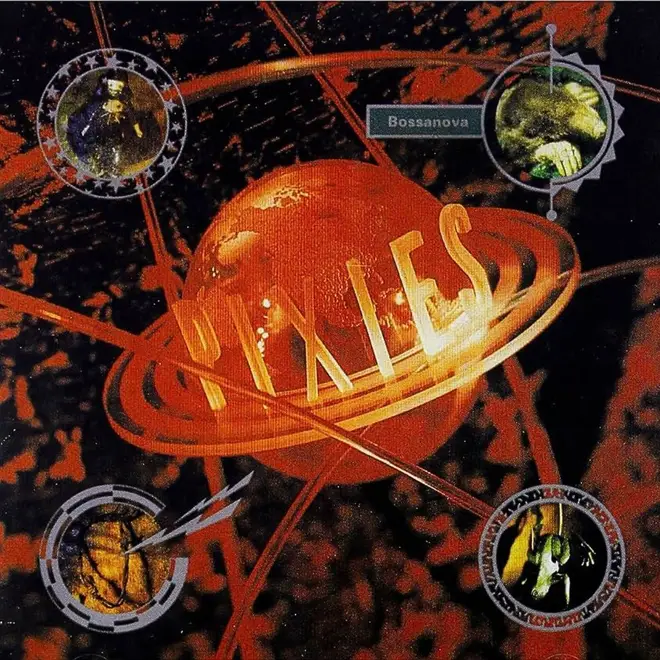
The Boston band's third full-length outing isn't a bad album in itself, it's just not as era-defining as the previous effort, Doolittle. First single Velouria didn't have the immediacy of Monkey Gone To Heaven or Debaser and there was an over-reliance on filler material, including one very old Black Francis song, Down To the Well. Having said that, the band have announced that they'll be playing Bossanova in full at shows in 2024, alongside its successor Trompe Le Monde.

1991's Achtung Baby still counts as one of the greatest reinventions of any rock band, making the Irish act seem vibrant and essential again. Recorded while the band embarked on the seemingly never-ending Zoo TV tour, Zooropa was put together from jams recorded at soundchecks - never a good idea. The resultant work was confusing and muddled, with the lead single Numb featuring The Edge on vocals. This time U2 had gone just a bit TOO far...
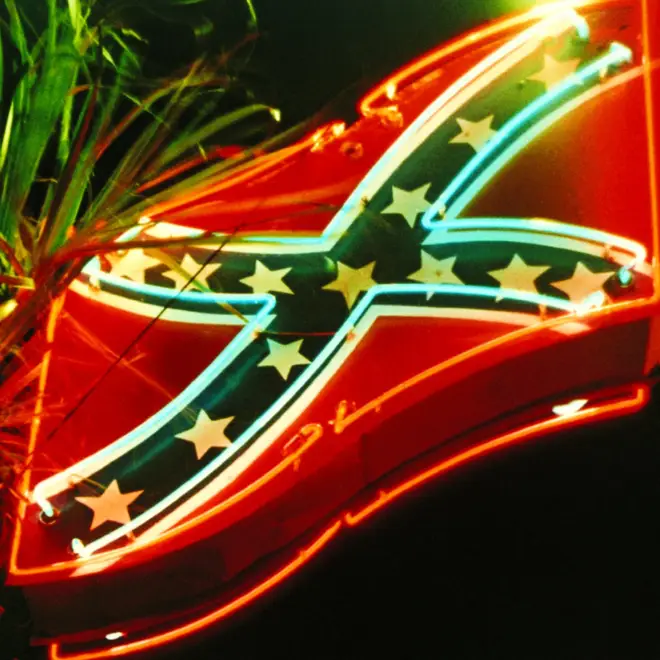
Screamadelica is a classic album in every sense of the word. It defines a specific point in time, a band at a particular stage in their lives and the ultimate mash-up of genres: dance and rock. The follow-up was less innovative, being recorded in Memphis and recalling the early 1970s blues rock of The Rolling Stones. The lead track Rocks is an enjoyable Stones pastiche, but the whole thing is nowhere near as forward-looking as Screamadelica.

Following up the album that spawned the epic Bohemian Rhapsody was always going to be a difficult task, but Queen gave it a good go with another eclectic collection of songs. They cover heavy rock (Tie Your Mother Down) and classic Queen mega-ballads (You Take My Breath Away), but a reliance on music hall skits (The Millionaire Waltz, Good Old Fashioned Lover Boy) gives the album a lack of bite. They'd recover across the rest of the decade, however.

2003's Permission To Land was an enjoyable homage to classic 1980s poodle rock, but despite drafting in legendary Queen producer Roy Thomas Baker the follow-up was a huge critical flop, and only made a paltry No 11 in the UK charts. The band disintegrated and frontman Justin Hawkins ended up in rehab. Despite that, The Darkness reunited in 2011.
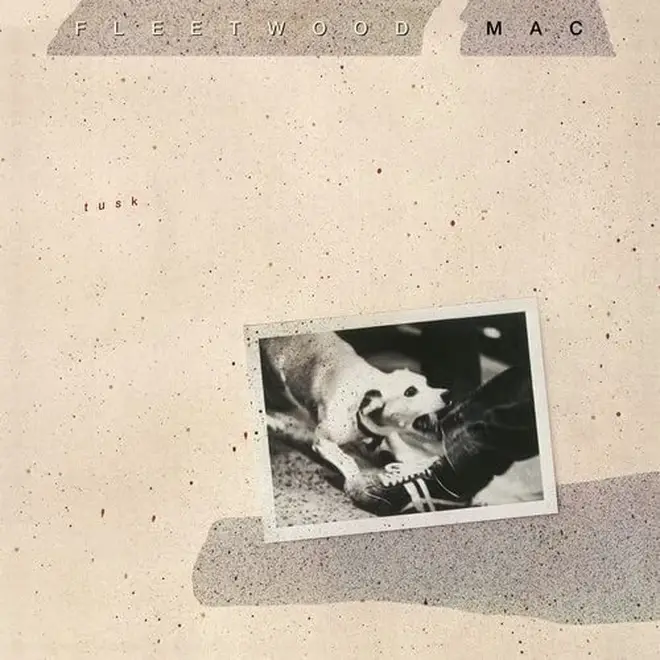
1977's Rumours was a huge success - one of the biggest-selling albums of all time - so many fans were perplexed when the Mac decided to mess with the formula. Tusk arrived two years later (an age in that era), and collated 20 songs across four sides of vinyl. Lindsey Buckingham was keen to embrace the worlds of punk and new wave, which seemed like a very un-Fleetwood Mac thing to do. The band spent a million dollars, building their own studio along the way - the result sold a fraction of Rumours' totals, but manages to have a couple of high points, namely the compelling title track and the Stevie Nicks classic Sara.
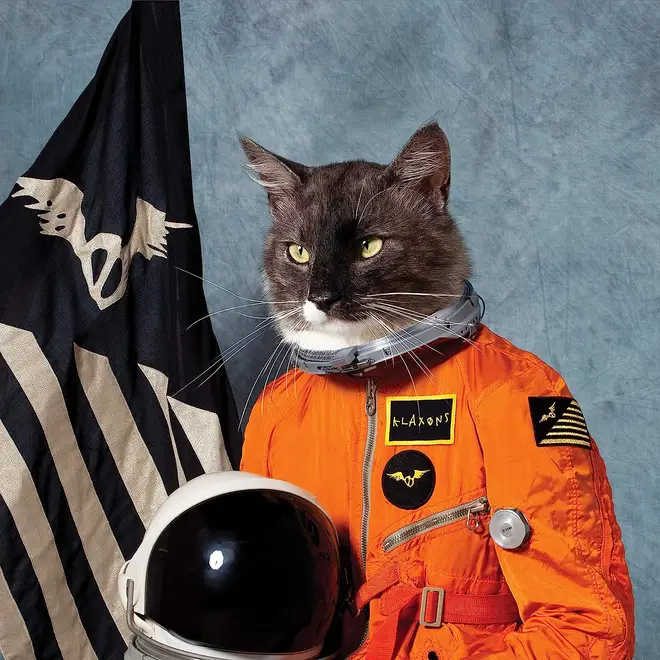
It took three years for the nu-rave trio to follow up their Mercury Prize winning album Myths Of The Near Future, by which time we'd all calmed down a bit and moved on. The record company forced the band to re-record some of the second album as they thought it was "too experimental" and the result was largely ignored. Great cover, though.